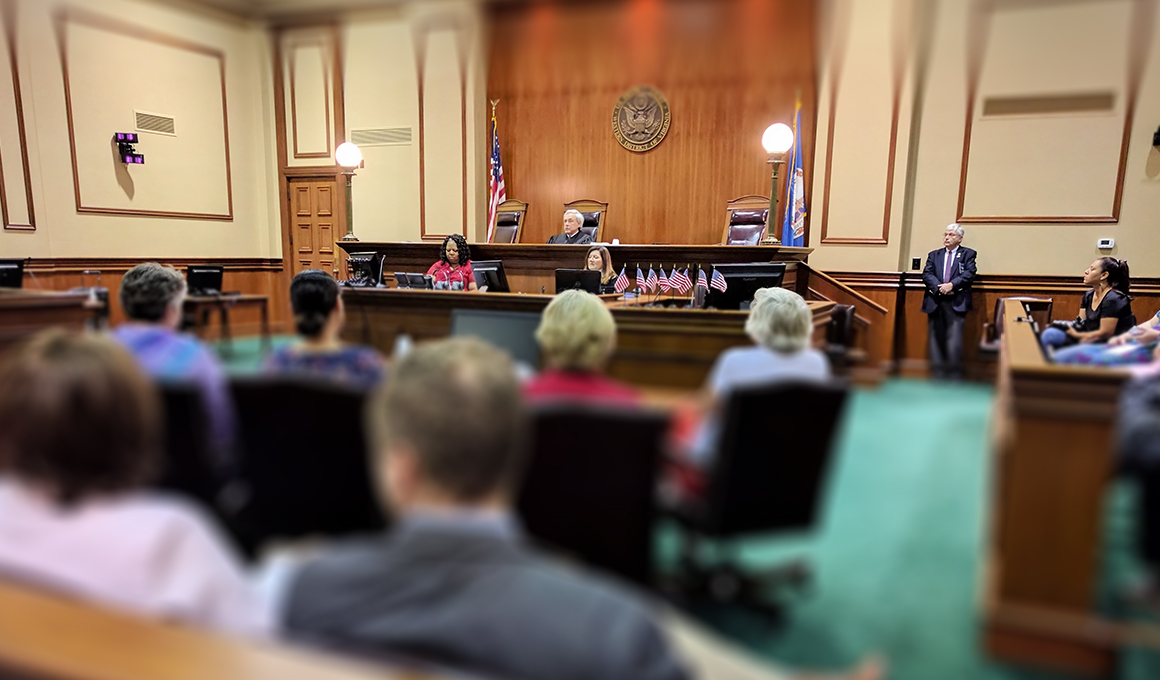The Power of Visuals in Test Presentations for a Winning Disagreement
The assimilation of visuals in test discussions has emerged as an essential variable in effectively connecting complicated disagreements to jurors. By utilizing numerous forms of visual help-- be it diagrams, pictures, or animations-- attorneys can boost understanding and retention, inevitably forming the court's understanding of the situation. This approach not only clears up detailed narratives yet likewise develops a psychological resonance that can influence decision-making. As we discover the nuances of this approach, it becomes necessary to think about how details kinds of visuals can make a significant distinction in trial results. What practical strategies might attorneys employ to maximize this potential?
Significance of Visuals in Tests
In many lawful setups, visuals play a vital role in enhancing the effectiveness of trial discussions. The integration of aesthetic components can considerably impact jurors' understanding and retention of intricate details, consequently shaping their assumptions and decisions. Visuals, such as charts, diagrams, and photographs, can streamline detailed narratives, making them more accessible and compelling.
In addition, the human mind processes visual details a lot more efficiently than text, which highlights the value of including visuals right into legal disagreements. By translating dense lawful ideas into visual styles, attorneys can assist in clearer interaction, ensuring that bottom lines are not neglected during trials.
In addition, visuals serve to engage jurors on an emotional level, promoting a link to the situation that words alone may stop working to attain. The strategic use of visuals can stimulate compassion, prompting jurors to consider the human aspects of the instance.
Ultimately, the significance of visuals in tests lies in their ability to improve quality, boost juror interaction, and strengthen the narrative existing. This powerful mix is important for crafting persuasive debates that reverberate with jurors and affect the result of lawful proceedings.
Kinds Of Visuals to Utilize
Effective trial discussions can substantially gain from a selection of aesthetic devices that deal with different facets of the situation. trial presentations. Making use of diagrams and charts can successfully break down complex details, making it a lot more absorbable for jurors. For example, flowcharts can show the series of events, while bar chart might succinctly contrast pertinent information factors.

Animations and simulations can also play an important role, especially in situations including technical information or complex scenarios. These visuals can dynamically represent procedures or activities, providing quality and engagement that fixed photos may not attain.
Moreover, infographics integrate text and visuals to summarize important information properly. They can provide timelines, statistics, and substantial situation points in an aesthetically attractive way, making it less complicated for jurors to comply with the disagreement.
Enhancing Comprehension and Retention

Enhancing understanding and retention during trial discussions is essential for ensuring that jurors official statement grasp the important elements of a case. Aesthetic help work as effective devices in this regard, translating intricate info into conveniently absorbable formats. By using graphes, layouts, and infographics, lawyers can streamline intricate information and emphasize key points that may or else be overlooked.
Researches have actually revealed that individuals maintain info considerably much better when it is presented visually. This is especially pertinent in a test setting, where jurors might be overwhelmed by the quantity of evidence and testament. By strategically integrating visuals, lawyers can route jurors' focus to the most essential aspects of the case, reinforcing their understanding and memory of the material offered.

Creating Engaging Presentations
Fascinating jurors' focus during test discussions is essential for communicating a compelling story. Engaging presentations utilize aesthetic components to develop an unforgettable experience that reverberates with jurors. The strategic use graphics, animations, and videos can clarify complex info, making it much more accessible and relatable.

In addition, incorporating narration techniques can improve involvement. Presenting evidence in a rational series that builds emotional charm permits jurors to attach with the material on an individual degree. Varying presentation layouts, such as integrating short video clips or interactive elements, can likewise sustain interest and focus throughout the trial.
Inevitably, an appealing discussion cultivates a view more extensive understanding of the instance, making it possible for jurors to much better value the arguments being provided and leading to a much more favorable result.
Instance Research Studies and Success Stories
Various study highlight the significant effect of visuals in trial presentations, showing their capacity to influence juror perceptions and ultimately the end results of situations. A noteworthy case including a personal injury insurance claim showed just how the usage of a 3D computer animation of the crash scene cleared up complicated information. Jurors reported feeling even more educated and empathetic, considerably swaying their decision for the complainant.
In another instance, a corporate lawsuits case made use of infographics to existing economic information and timelines, making intricate info available. The aesthetic depiction allowed jurors to comprehend the subtleties of the situation much more successfully than verbal explanations alone. trial presentations. Consequently, the court returned a decision that went beyond the client's assumptions
Moreover, a criminal protection case employed photos and video proof to establish an alibi. The engaging visuals not only helped in creating doubt but also resonated mentally with jurors, resulting in an acquittal. These success tales highlight the requirement of incorporating visuals into test presentations, as they improve understanding, retention, and ultimately, the persuasive power of legal arguments. The strategic use visuals is undeniably changing the landscape of test advocacy.
Conclusion
Finally, the calculated unification of visuals in test presentations substantially boosts jurors' understanding and retention of intricate info. By making use of numerous kinds of visuals, attorneys can effectively make clear vital factors and foster psychological links with the target market. Involving presentations, sustained by compelling study, show the extensive influence that visuals can have on influential interaction. Eventually, the power of visuals functions as an important component in attaining desirable test results.